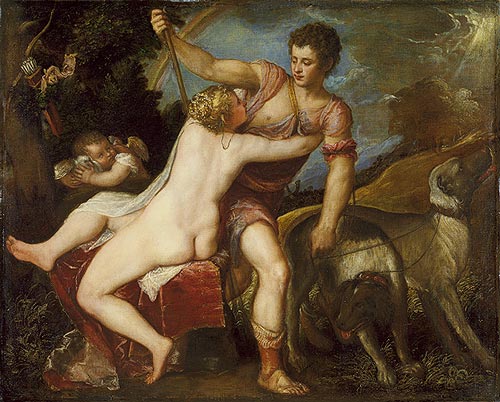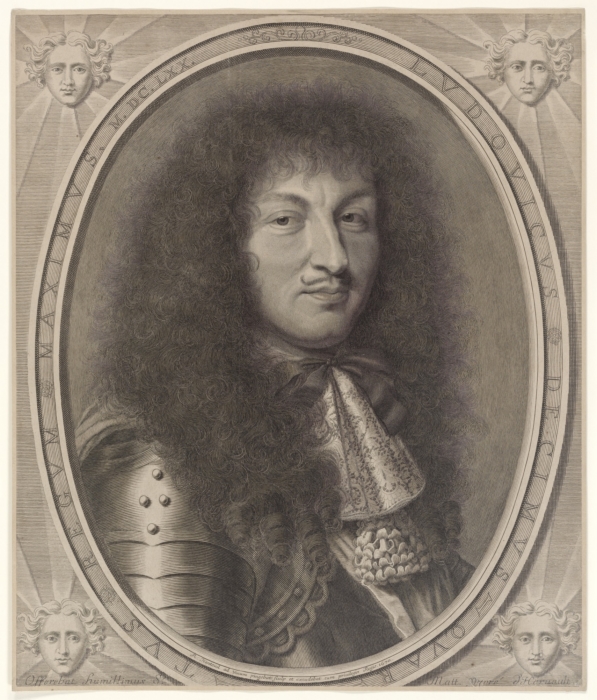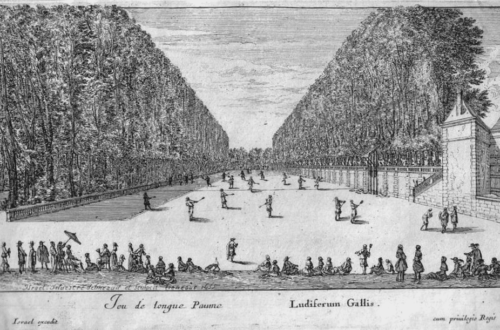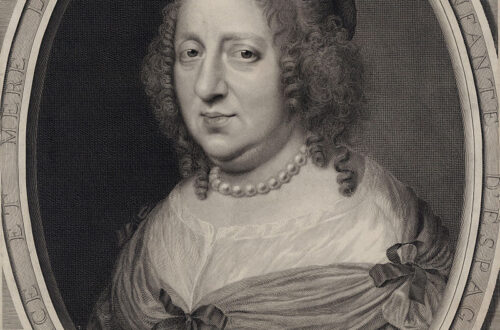The Robe de Cour
Fashion was something very important at Louis XIV’s court. While the fashion for the gentleman of quality did not change too much over the years, those of the ladies of quality changed quite often.
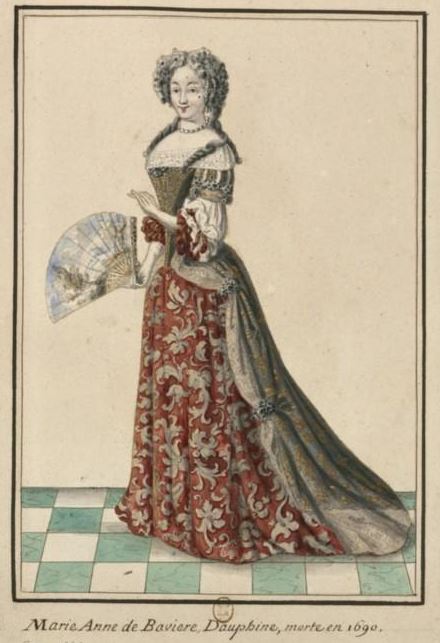
Some of these fashions were not that appreciated by the great Sun King. Especially the looser sitting form of gowns, called mantua, the ladies adored so much towards the end of his reign. They were way too casual for his taste…. but the Sun King had an answer for that.
Louis told the ladies at his court to appear in the same style of gown called the Robe de Cour or Grand Habit, also Grand Habit de Cour. He pretty much designed the whole thing himself, based on what he found fashionable, and made it a must to wear in the 1680’s during all formal court gatherings like receptions or balls.
It was an off the shoulder, stiff and boned bodice, laced at the back, with a full skirt and a separate train worn either at the waist or falling from the shoulders, plus detachable lace sleeves…. all of it rather expensive and made of French fabrics, of course.
This design was partly also based on what was fashionable in Louis XIV’s youth, especially the bare shoulder part. The Sun King was rather fond of the latter… and also fond to behold a bit of décolleté, which was quite prominent due to the low neckline the off the shoulder style required. Yet, although the neckline was quite low, it was still high enough to be modest and usually lined with lace, which could be detached and changed to alter the gown.
The bodice featured small sleeves, of the same fabric the bodice was made of, to which lace sleeves were fastened. To alter the gown again, different kinds of lace sleeves could be worn and the same goes for the actual skirt. Said skirt was conical-shaped and not too wide. (They later became rather wide during the rococo.)
 The length of the train depended on the rank of the wearer. The higher the rank, the longer the train and was worn down, so it touched the floor. Of course there was plenty of bling too. The ladies wore all sorts of sparkling gems on the bodice… sometimes too much as Dangeau notes in 1702: “The Duchesse de Bourgogne lay down on her bed exhausted by the weight of the gown she wore yesterday at the comedié because it had been overloaded with too many jewels.”
The length of the train depended on the rank of the wearer. The higher the rank, the longer the train and was worn down, so it touched the floor. Of course there was plenty of bling too. The ladies wore all sorts of sparkling gems on the bodice… sometimes too much as Dangeau notes in 1702: “The Duchesse de Bourgogne lay down on her bed exhausted by the weight of the gown she wore yesterday at the comedié because it had been overloaded with too many jewels.”
With implementing this style for all formal gatherings, Louis XIV did not just put an end to fashions that were to risqué to be worn at court, in his opinion, but also gave his court an uniformed look. A look that impressed… yet not all of the ladies were fond of the uniform style. Madame, who apparently only owned Robes de Cour and no other style of dress, wrote that while said style of gown was a must at Versailles when one was in presence of the King, or that of herself or Monsieur, the ladies swiftly put their preferred mantua back on as soon as they were out of sight. Adding “I find Robe de Cour much more convenient to a mantua, which I can not endure to wear.”
When in the privacy of ones rooms, the ladies could of course wear what they wished, but in public they had to expect a good scolding from the King for not wearing Robe de Cour. Like in 1704, when Louis spotted two ladies attending the theatre in those daring mantuas. The only exception to the rule was when the court was about to travel. Then the invited ladies were allowed to appear in other styles of dress for the three days before the voyage.
